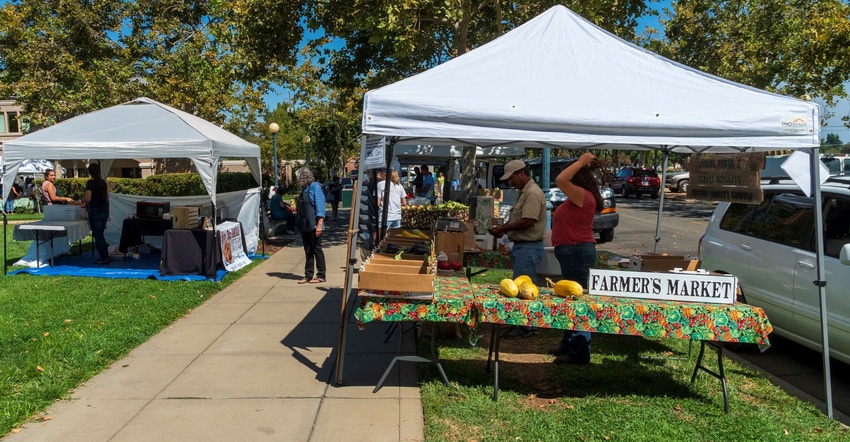
The audacity of thieves who stole melons from California farmer Cannon Michael recently is perhaps the most striking part of this story. Not only did they get away with a pickup load of watermelons from the Merced County farmer in broad daylight; they posted their escapades on social media, complete with clear images of faces and license plates.
Because it was a non-violent crime, Michael says there’s little the local sheriff’s department can do about this. After all, California is fine with smash-and-grab thefts of high-end merchandise like jewelry and clothes. Why would California care that a farmer’s produce was stolen from his farm in broad daylight?
Ryan Jacobsen, chief executive of the Fresno County Farm Bureau, tells me that there is a likelihood that these melons will wind up at a farmer’s market somewhere, sold for pure profit. One can surmise they’re not being delivered to the local food bank to help the needy.
This raises some interesting points and questions. How often does stuff like this occur? Where does this stolen produce tend to go?
What are the food safety implications of stolen produce sold at a farmer’s market, or a roadside stand with nothing more than a table, ice chest, and a chair for someone to sit on? What about these roadside stands: How are they regulated? Are they regulated?
Many of us have probably seen these thefts in action but didn’t give it a thought. The pickup going down the road loaded with melons or vegetables, maybe in legitimate boxes with company labels on them. Perhaps they were in unmarked boxes, or just in the open bed of a pickup. What are the chances that this produce is stolen when traveling up the road in a private vehicle verses a commercial truck? How often do farmers transport their produce like this in their own pickups?
Michael says it’s hard to say how often this happens, but it has ramifications beyond the loss of income to the farmer. For labor-intensive crops like melons that still require hand harvest, the fewer melons in a field, the fewer people he will hire to pick them when they’re ready for harvest. Now the losses extend to farmworkers because of the reduced hours needed.
Jacobsen has seen this personally with the loss of grapes from his Fresno County vineyard. Grapes that will never make it to harvest don’t merely affect his bottom line, but everyone in the food chain who may touch that produce. The losses add up.
Can new laws and aggressive enforcement stop this? Probably not. For all the concerns over food safety and tax revenue, can states and local governments devise a way to reduce these losses. Does this mean an iron fist approach on farmer’s markets? That is unnecessary. There are honest people selling delicious and healthy items from these venues. Still, there must be some way to create a disincentive to these kinds of nefarious activities.
About the Author(s)
You May Also Like






